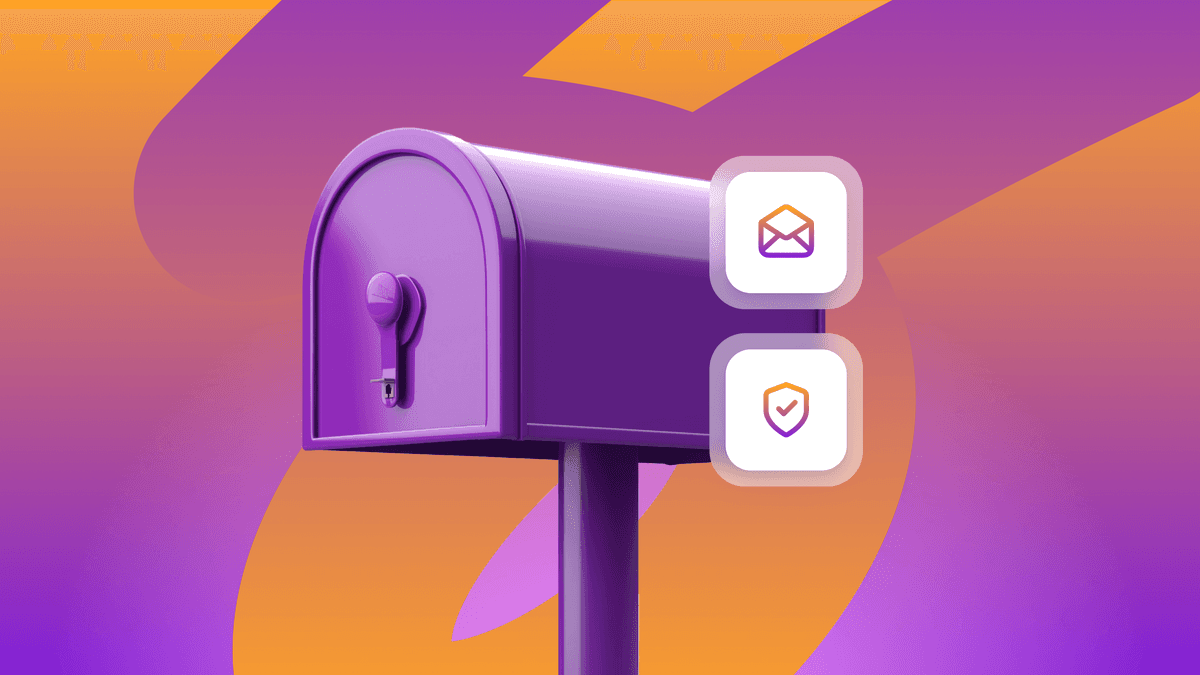4 Ways to Prioritize Customers When Using Product Analytics
Published on July 02, 2020/Last edited on July 02, 2020/5 min read


John Hurley
Product Marketing Director, AmplitudeIn 2020, customers will do business with companies that give them the best experience, period. Experience services management firm Walker reports that experience is now even more important than price or product. Companies need to create top-notch experiences throughout the entire customer journey to maintain those relationships.
What’s holding companies back from putting customers first?
Putting customers first is a classic case of “easier said than done.” But that doesn’t mean it can’t be done.
So how have the most successful companies put customers first? They focus on impact-driven experiences and metrics that prioritize the customer value, like a North Star. With this approach, business-forward metrics like profit margin and average purchase value aren’t the only data that matters.

Well-intentioned companies often optimize for business-forward metrics, expecting it to also satisfy the needs of the customer. Unfortunately, it rarely works out that way.
How should we put customers first?
If you really want to put customers first as well as optimize for customer-forward metrics, you need to focus on four areas of your company:
1. Put customers at the center of your strategy
Your strategic insights should not be subjective decisions made from the people at the top of the org chart. They should come from your customer. Whether you're a B2C or B2B company, the best teams are reducing the distance between themselves and the way their customers use their products. Rather than make decisions from top-down or from gut-feeling, they look to the customer to inform what the next initiative should be or how the last project is performing. And those asking the questions, like the product managers, UX designers, and front-end engineers, should have the ability to ask and answer questions on their own without relying on analysts or data scientists.

With the customer as the hub, each department will be better aligned toward the same goal: putting customers first. That alignment will naturally promote data sharing and collaboration between teams. What does this look like when using product intelligence?
“A product manager will share a chart, and then a designer will click in and explore it and ask a follow-up question,” explains Maura Church, Head of Data Science at Patreon. “Data scientists will group it by another way and dig into something a little bit deeper.”
2. Ask the right questions about customers
With your customers at the center of your strategy, it’s time to start thinking about questions. These questions will be the basis for the decisions your team makes about how to improve your product and customer experience. While your first question may not be the best question, it will start the iteration loop of accessing data to find the answer and it will lead you to the next questions.
Here are a few examples of questions you could ask grouped into a few use cases (i.e. whether you are trying to drive engagement, improve conversion and activation, or find better ways to work as a team):

Once you have prioritized important questions to answer, you can then decide how to answer them with your data.
3. Dig into your data to answer your questions
Now that you have your questions, the fun starts: It’s time to dig into your data. Use the data available in your analytics or marketing tools to help answer your questions.
Say, for example, you’re trying to find out how your customers prefer to be notified about product updates. You need to first understand all the ways you currently notify customers about new product updates. Is it done via email, in-app notifications, text messaging, or something else?
From there, start looking at engagement data. Which notification type has the highest open rate? But not only that, look at which one drives the most traffic to the product update landing page. From there, dig a level deeper and understand which notification type leads to the most activated users.
Once you understand all of that, you can reverse engineer your data to find the best way to notify your users. This learning loop of asking, acting, measuring, and sharing is how we see the best digital teams working

4. Talk to your customers
The best product analytics is no excuse for not talking directly with your customers. Our product team—with arguably some of the most data-driven, Amplitude-using people on the planet—spend an immense amount of time with our customers. When it comes to your customers, nothing should be assumed. A true customer-first team regularly talks to their customers. Surveys, phone calls, and in-person focus groups are great ways to learn directly from your customers. Doing this will give you the ability to ask the questions that can’t be answered as easily with data:
- Why did you decide to upgrade from freemium to paid?
- Why aren’t you using the new feature we introduced?
- What could be improved about our product?
Once these questions are asked and answered, you can go back to your data to dig deeper and find a solution.Having access to great product analytics means bringing you and your team closer to the customer. It means you can start finding and answering questions about how customers use your product with why they use your product. You can go beyond clicks and pageviews to truly understand what frustrates, motivates, and delights your customers.
As you gather more customer insights, you also get a clearer picture of what the entire customer journey looks like. You learn which messages resonate with your user base, and you can use the right engagement techniques to guide them from being aware of your product to becoming advocates for your product.
For more information on how Amplitude and Braze work together, visit www.amplitude.com/Braze
Related Tags
Be Absolutely Engaging.™
Sign up for regular updates from Braze.
Related Content
View the Blog
Look out: Outlook's new email requirements and what they mean for Braze senders

Alison Gootee

How the Braze Data Platform enhances flexibility and fosters collaboration

Sahiz Kaur

Customer churn prediction: Using data for smarter retention
